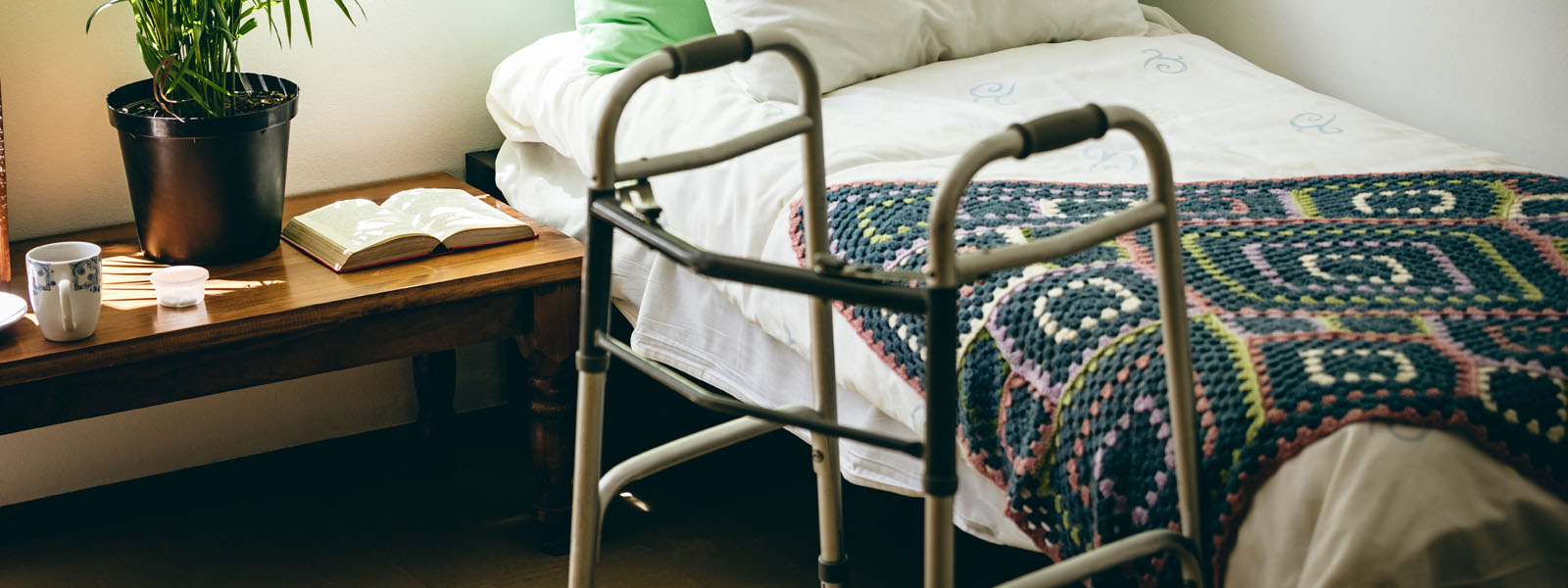Receiving the diagnosis that your beautiful newborn baby has a metabolic disorder can make you feel like your world is caving in. You likely have numerous questions running through your mind as you try to figure out how this could happen to your family. The following information will provide you with basic details about metabolic disorders in newborns and who you can turn to for help.
What Are Metabolic Conditions in Newborns?
Metabolic disorders in newborns affect how babies digest their food and turn it into fuel. Some disorders cause babies to lack the digestive enzymes necessary to utilize certain nutrients, such as proteins and amino acids. These conditions can cause your newborn to become lethargic and weak, but symptoms vary. In extreme cases, metabolic conditions can result in stroke, coma, cardiac failure, severe neurological impairment, or death.
Metabolic conditions are comparatively rare and often genetic. However, more than 700 metabolic disorders can affect your newborn. Doctors sometimes refer to these conditions as inherited metabolic disorders or inborn errors of metabolism.
6 Common Metabolic Disorders in Newborns
Each metabolic disorder has a different clinical presentation. Understanding the clinical presentation of these disorders and diseases, as well as their treatment, can help you pave a healthy future for your new child.
Glycogen Storage Disease
Glycogen storage disease (GSD) is a rare metabolic disorder in newborns. The baby’s body cannot properly break down or store glycogen, a type of sugar. GSD can affect your baby’s muscles, liver, and other areas, depending on the type of GSD they suffer from.
Sickle Cell Disease
Sickle cell disease (SCD) is an inherited disorder of the red blood cells that affect your baby’s hemoglobin. Hemoglobin is the protein that transports oxygen through your newborn’s body. With SCD, the hemoglobin causes the red blood cells to become hard and sticky. The red blood cells die prematurely, resulting in a deficiency.
The red blood cells can also get stuck in smaller blood vessels and clog the blood flow. These clogs can result in pain and other health complications, including infection and stroke.
Sickle cell disease is a metabolic disorder that can lead to oxygen deprivation in newborns. Cerebral palsy is a neurological disorder that doctors link to oxygen deprivation. Researchers have linked the development of cerebral palsy after birth to sickle cell disease and blood flow problems in the brain.
Toxoplasmosis
The metabolic disorder toxoplasmosis can manifest after the parasite Toxoplasma gondii infects your baby. This parasite is often contracted from eating undercooked meat or contact with cat excrement. Most people who contract this parasite are asymptomatic. The mother can pass the parasite to the baby unknowingly during pregnancy.
Many babies infected with congenital toxoplasmosis are born prematurely. Toxoplasmosis can harm your baby’s ears, skin, eyes, and nervous system. Some babies show signs of toxoplasmosis at birth, while others may not develop symptoms for years.
Lysosomal Storage Disorders
Lysosomal storage diseases or disorders (LSDs) cause toxins to accumulate and result in cell and organ damage within your baby’s body. There are more than 70 identified types of LSDs. Most healthcare providers diagnose LSD during the pregnancy or infancy stages. Medical professionals may test your baby’s urine or blood sample to aid in the diagnosis.
There are no cures for LSDs. However, treatments can help manage your baby’s symptoms and mitigate damage to its tissues and organs. Treatments may include the following:
- Medications
- Stem cell transplants
- Enzyme replacement therapy
Examples of the types of LSDs include lipidosis, mucopolysaccharidoses, and sphingolipidoses. Some ethnic groups, such as people from Finland and Eastern European Jewish people, have increased rates of LSDs.
Urea Cycle Disorders
Urea cycle disorder (UCD) is an umbrella term for several genetic conditions that affect the body’s protein and enzyme functions related to removing ammonia from the bloodstream. Ammonia buildup can be toxic and life-threatening if your baby’s body cannot remove it. One option to reduce the risks of this disorder is to limit protein in the diet.
UCDs cause ammonia buildup in your newborn’s blood, resulting in brain damage, coma, or death if not treated promptly. UCDs are relatively rare, affecting approximately 1 in 35,000 newborns. UCDs can be accompanied by symptoms such as the following:
- Poor feeding
- Weight loss
- Seizures
- Vomiting
Treatment for UCDs may include the following:
- Dialysis to remove excess ammonia
- Special formula
- Medication
Do not delay seeking treatment; UCDs can be fatal if not addressed promptly.
Maple Syrup Urine Disease
Maple syrup urine disease (MSUD) is a rare, inherited metabolic disorder. However, it is treatable. MSUD prevents your baby’s body from breaking down amino acids normally. This results in MSUD’s characteristic maple syrup odor in your baby’s urine.
MSUD is typically diagnosed at birth during a routine screening test. It is a rare disease that researchers believe infects only 1 in 185,000 births worldwide and only around 2,000 Americans. However, it is more common in the Old Order Mennonite (1 in 380) and Ashkenazi Jewish (1 in 26,000) populations.
Treatments include:
- A protein-restricted diet
- Lifelong monitoring of amino acid levels
- Rapid medical intervention during potential metabolic crises
- Liver transplantation in rare cases
While MSUD is treatable, it can be life-threatening within the first two weeks of the neonatal period if untreated.
Why Newborn Screenings Are Vital
Newborn screenings are vital to protecting and ensuring your baby’s future health and development. These are six of the most common metabolic disorders in newborns. But they represent just a handful of issues doctors can catch during a post-birth screening.
Some of these disorders can be life-threatening to your child if they are not diagnosed immediately. Others can impact your child’s development or have other lifelong implications.
There Are Actions You Can Take
Discovering that your newborn has a rare genetic defect, core disorder, or metabolic disease can be overwhelming. Not all metabolic conditions represent medical malpractice or a birth injury. However, some do. If your newborn has suffered due to medical negligence, the neonatal and birth injury attorneys at McEldrew Purtell can help.
Contact us today to arrange your no-cost, risk-free consultation.










